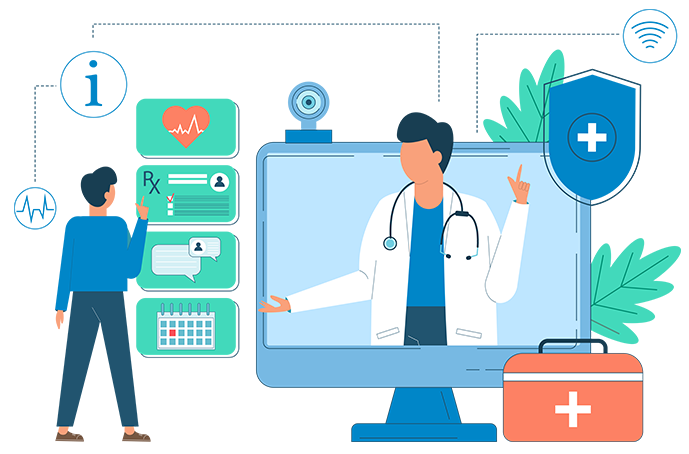Older adults can save tens of thousands of dollars annually by choosing assisted living communities over aging in place in their homes.
Unlike point solutions, Inspiren unifies resident safety, care planning, staffing, and emergency response into a single AI-powered platform.
An artificial intelligence-powered virtual assistant platform for senior living and care providers.

 Covid-19 fallout pushed the care industries into the home. A sweeping set of changes from that time that may have appeared temporary. But a number of these changes are likely permanent. Telehealth vs. in-person: the Covid-19
Covid-19 fallout pushed the care industries into the home. A sweeping set of changes from that time that may have appeared temporary. But a number of these changes are likely permanent. Telehealth vs. in-person: the Covid-19